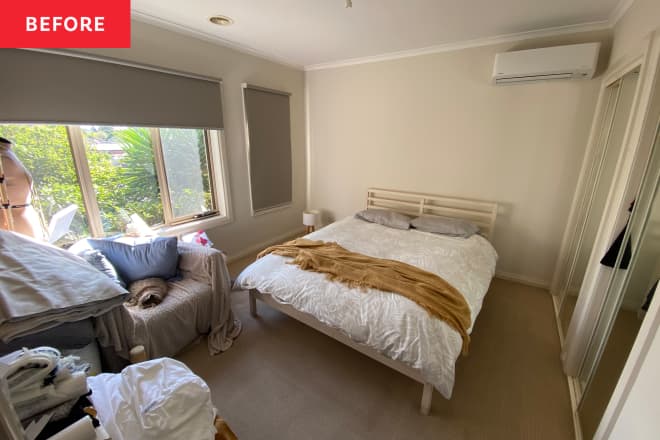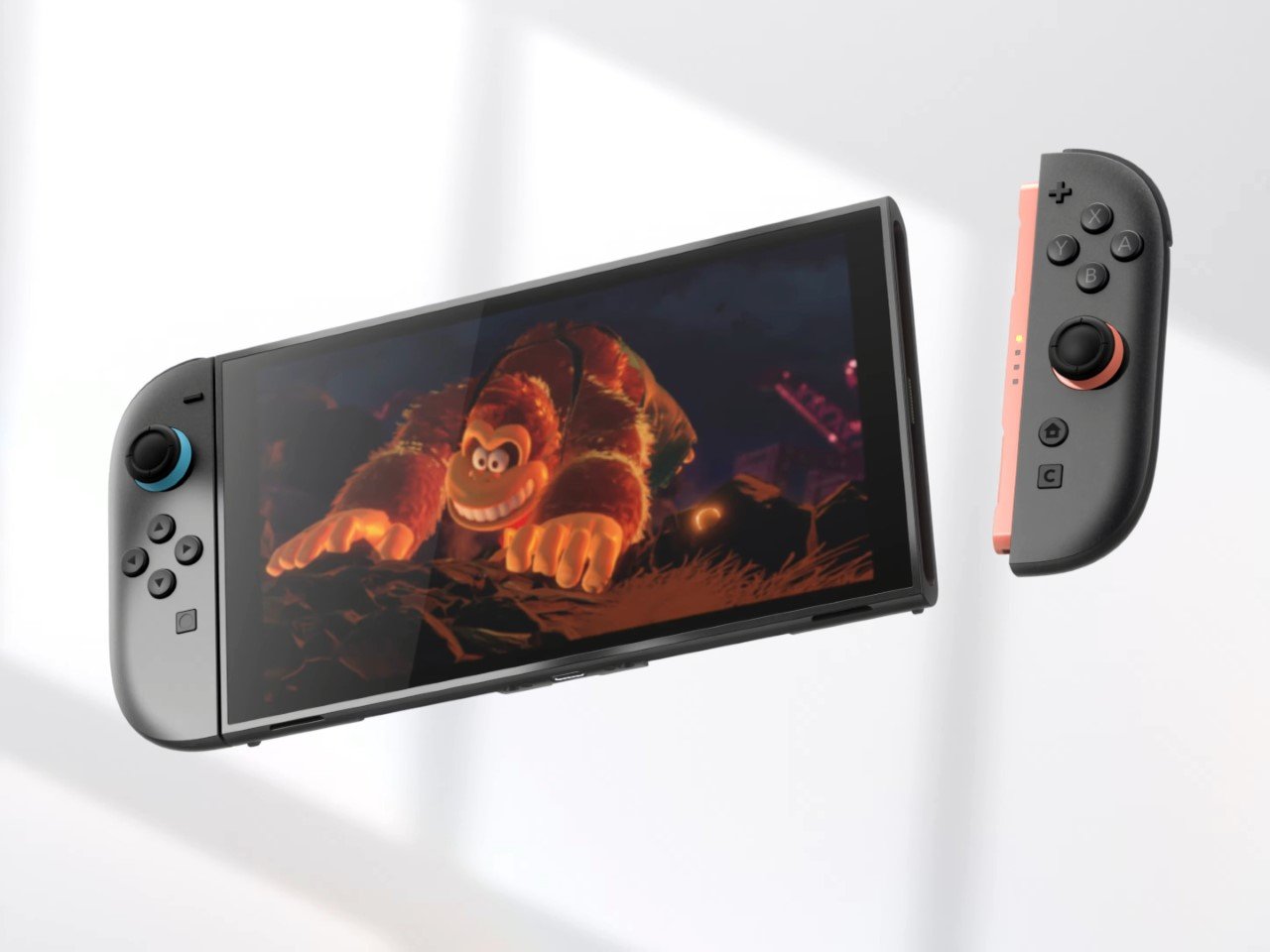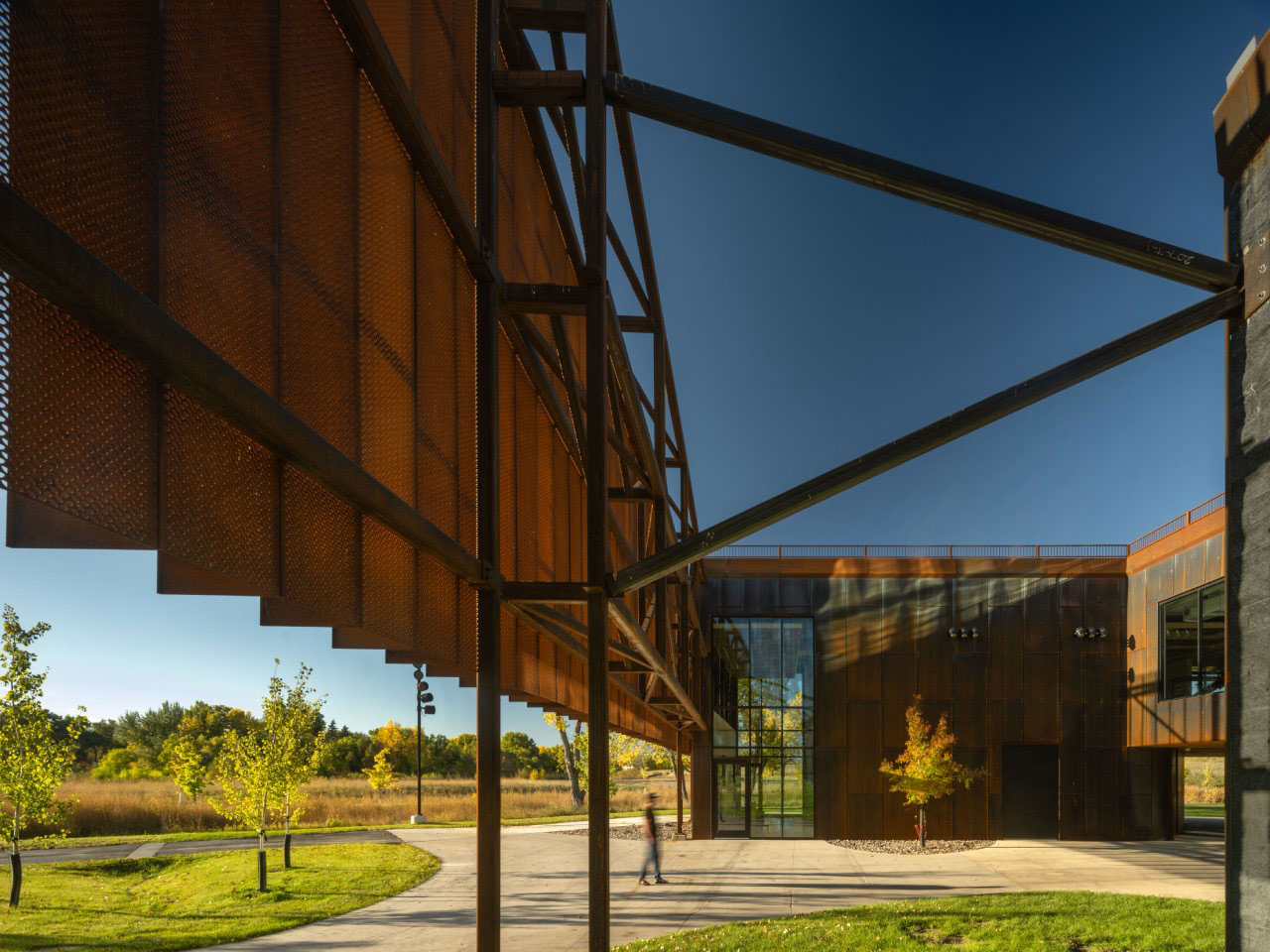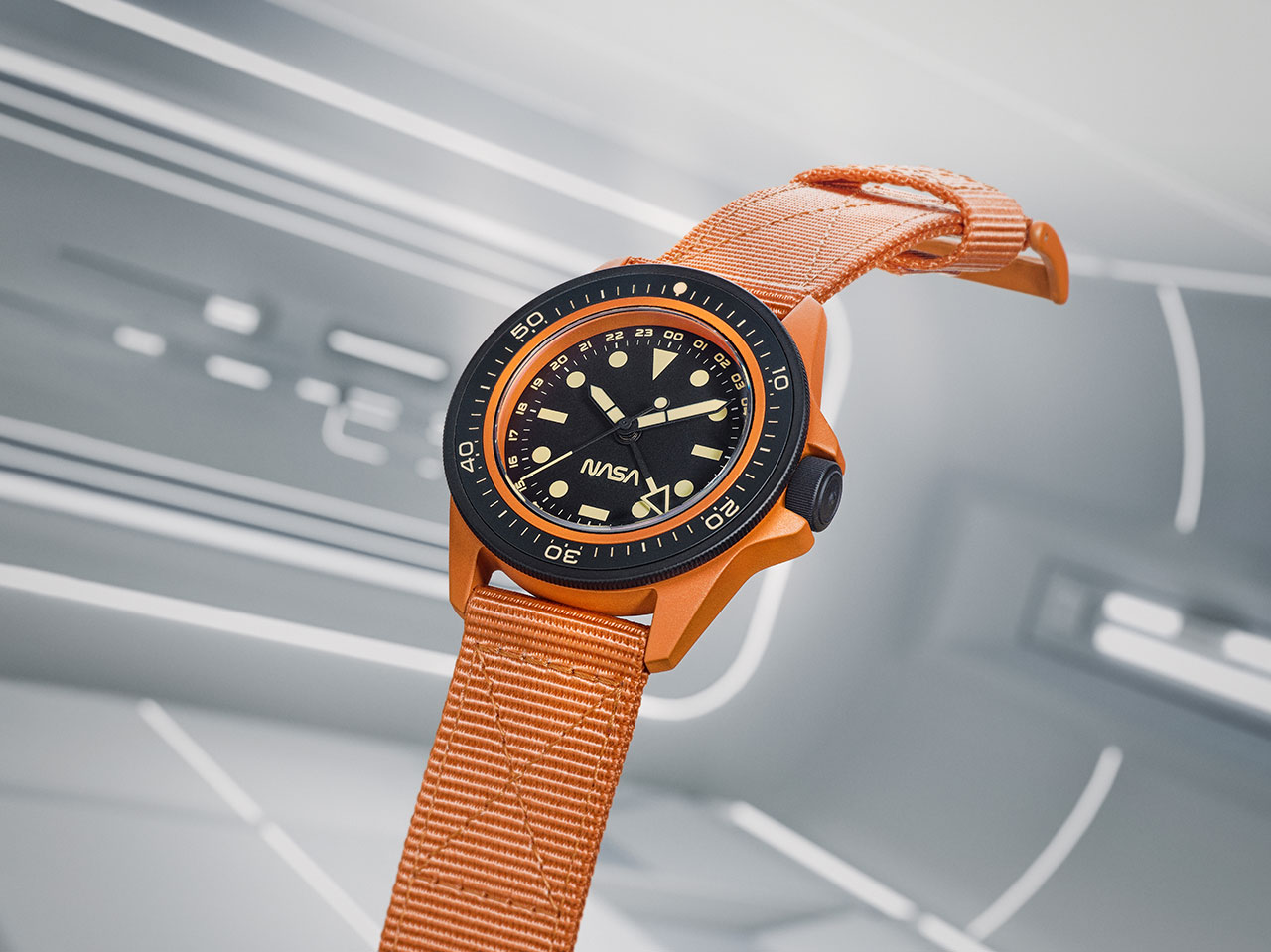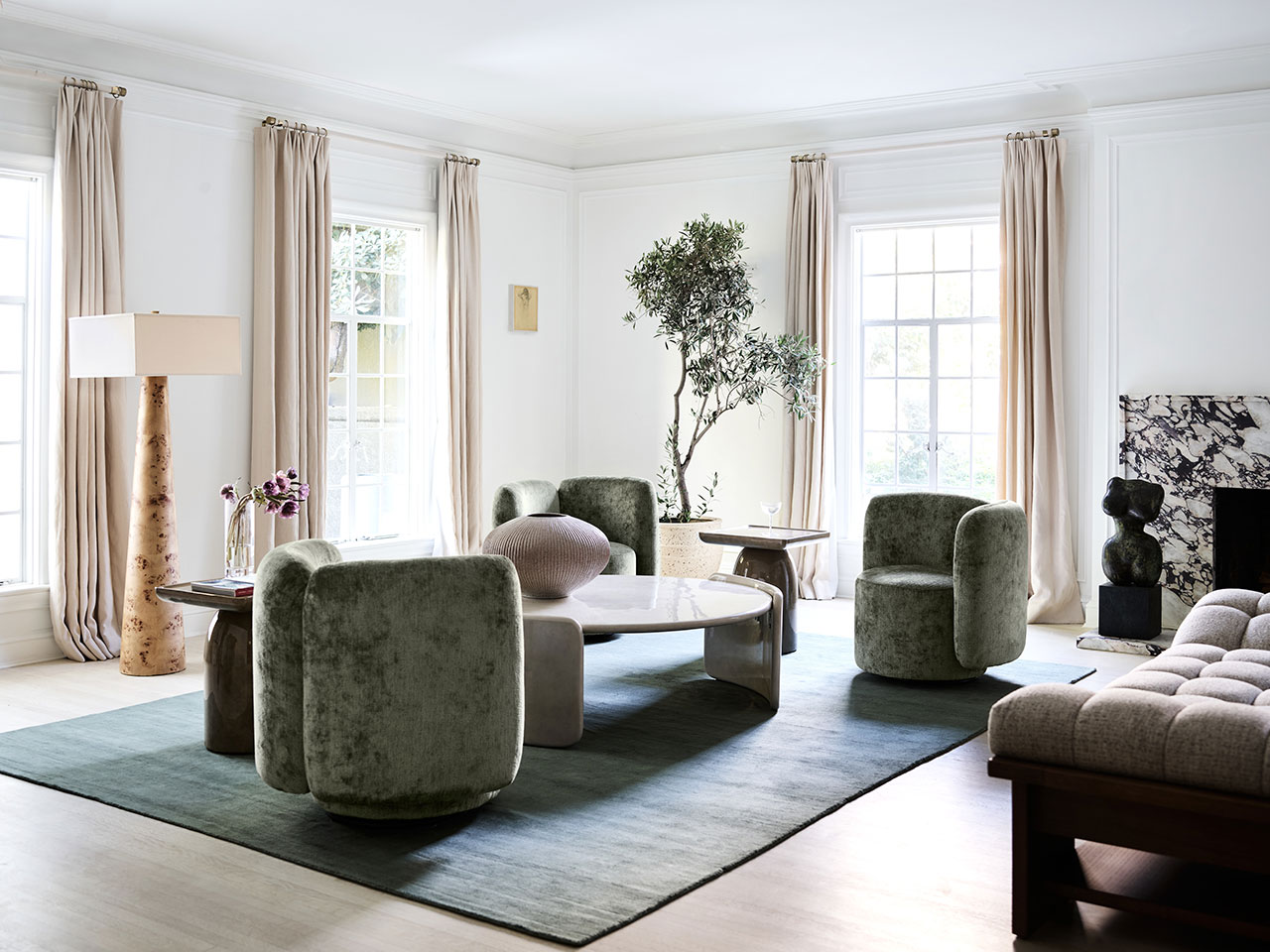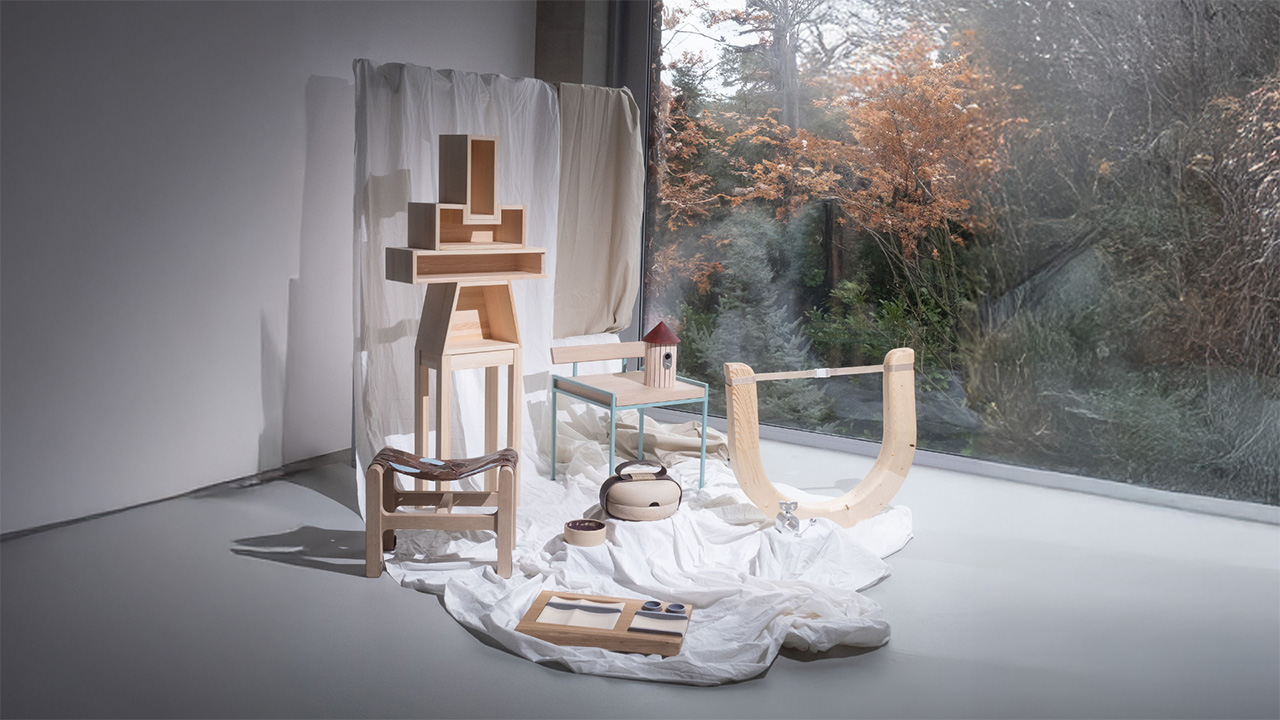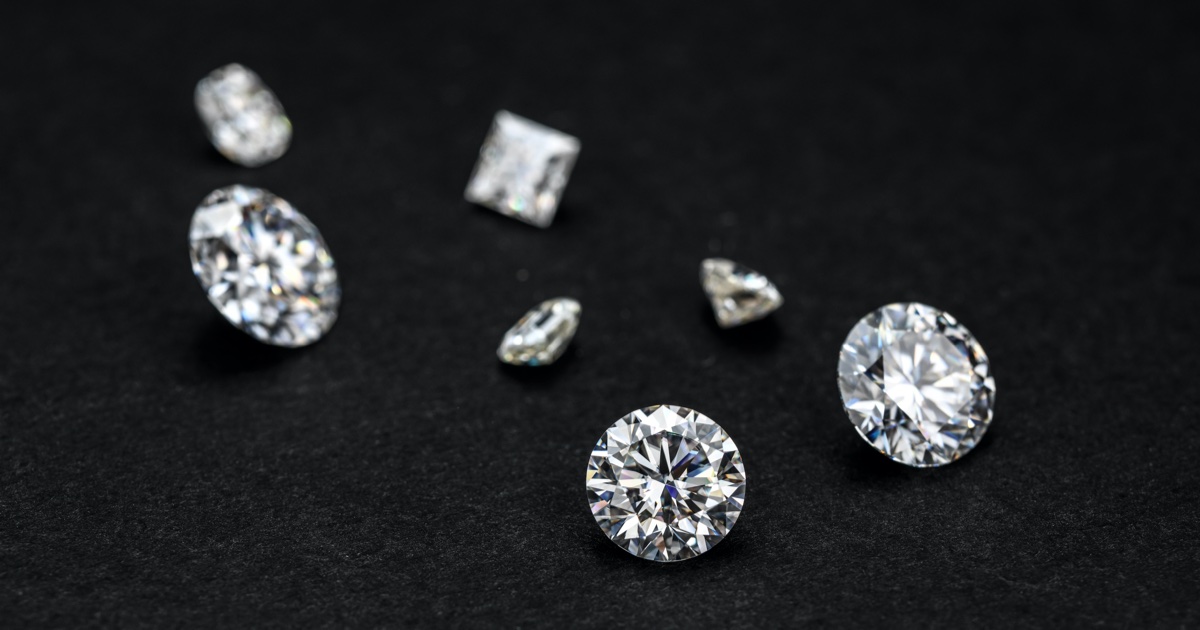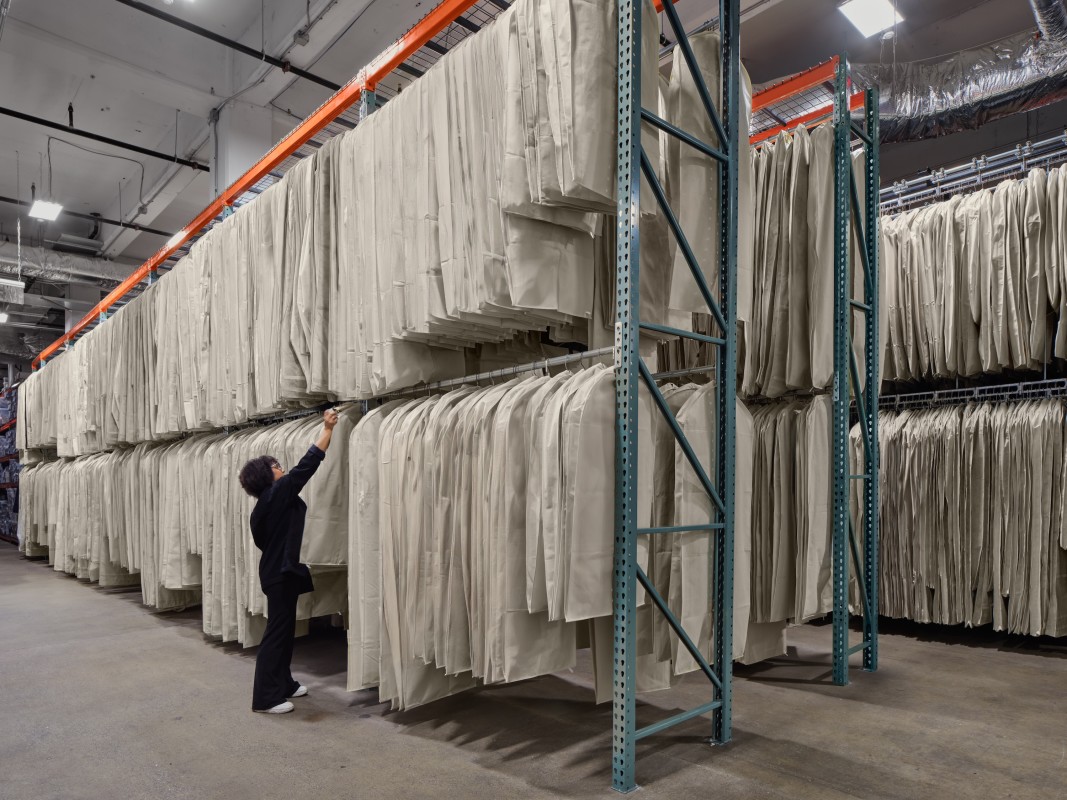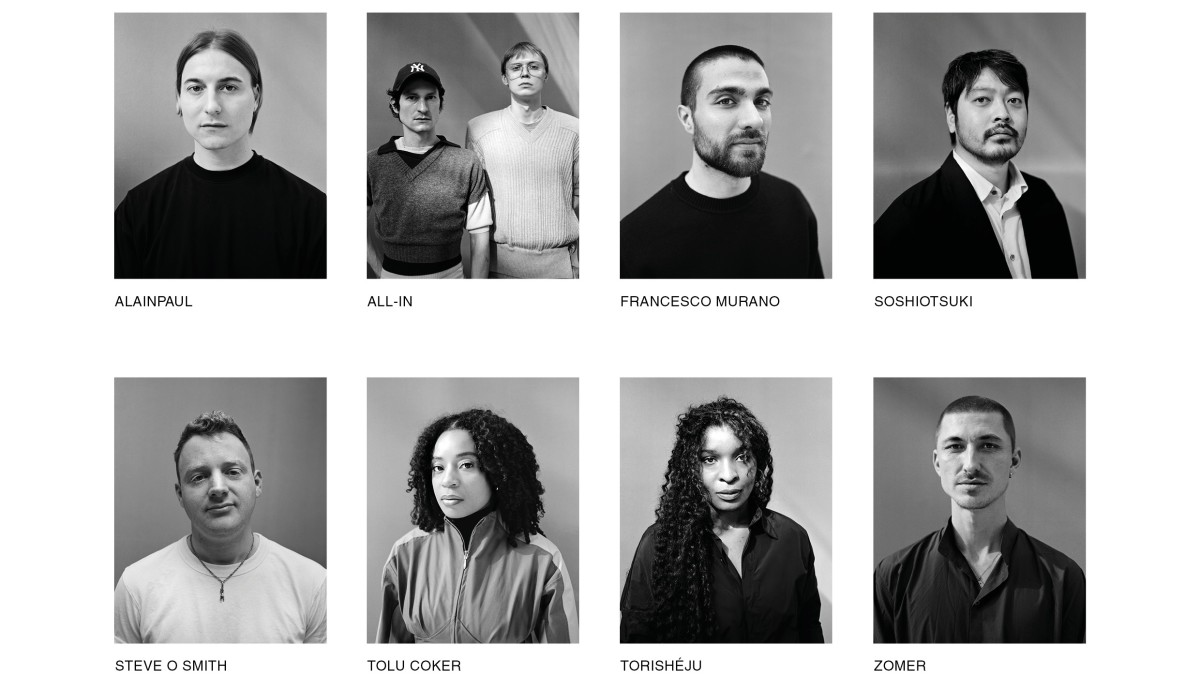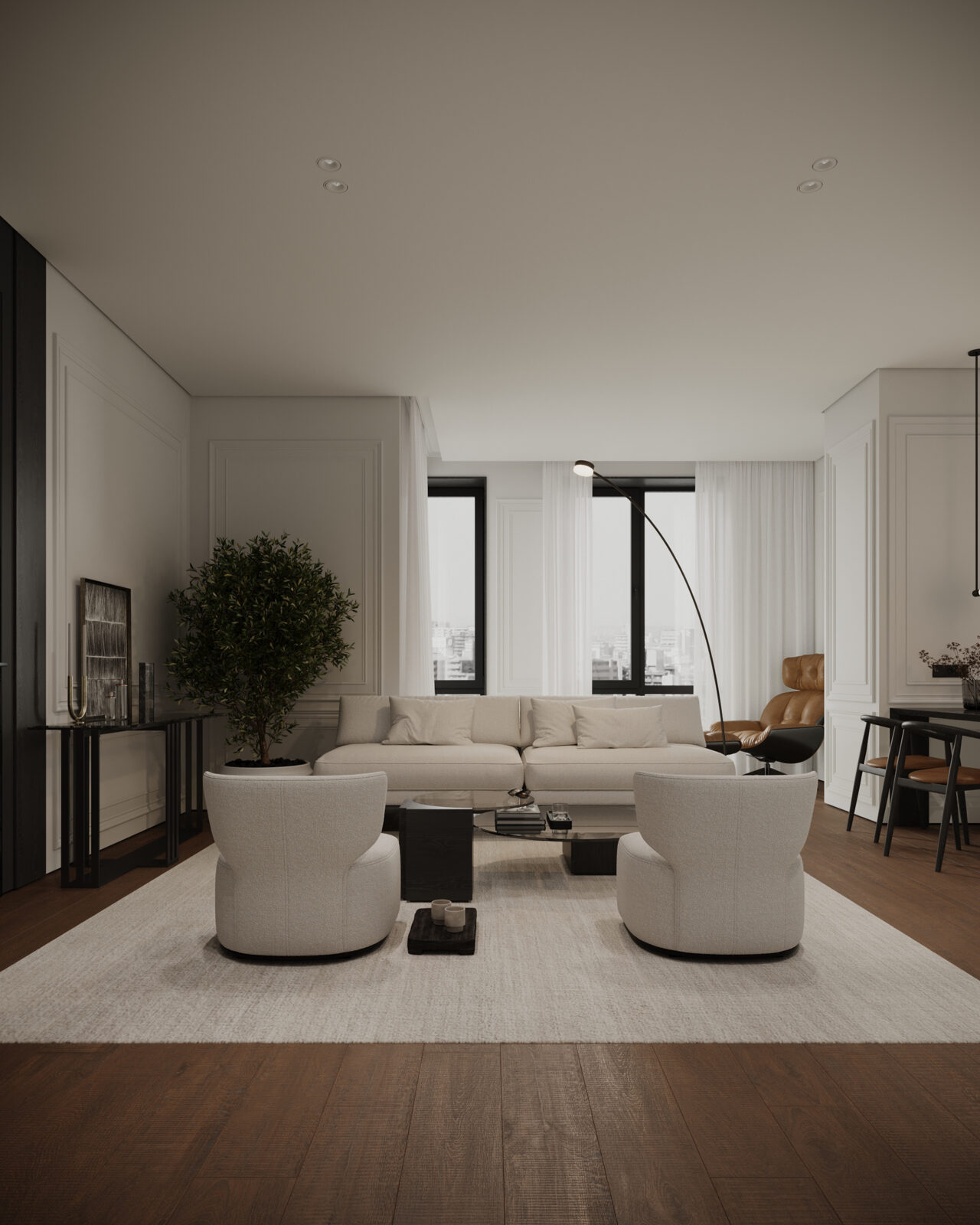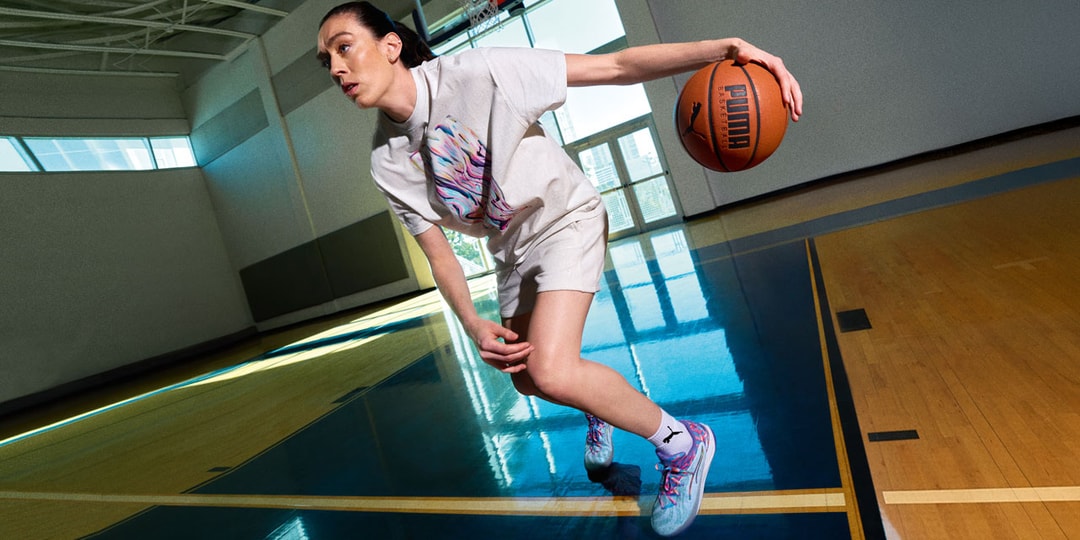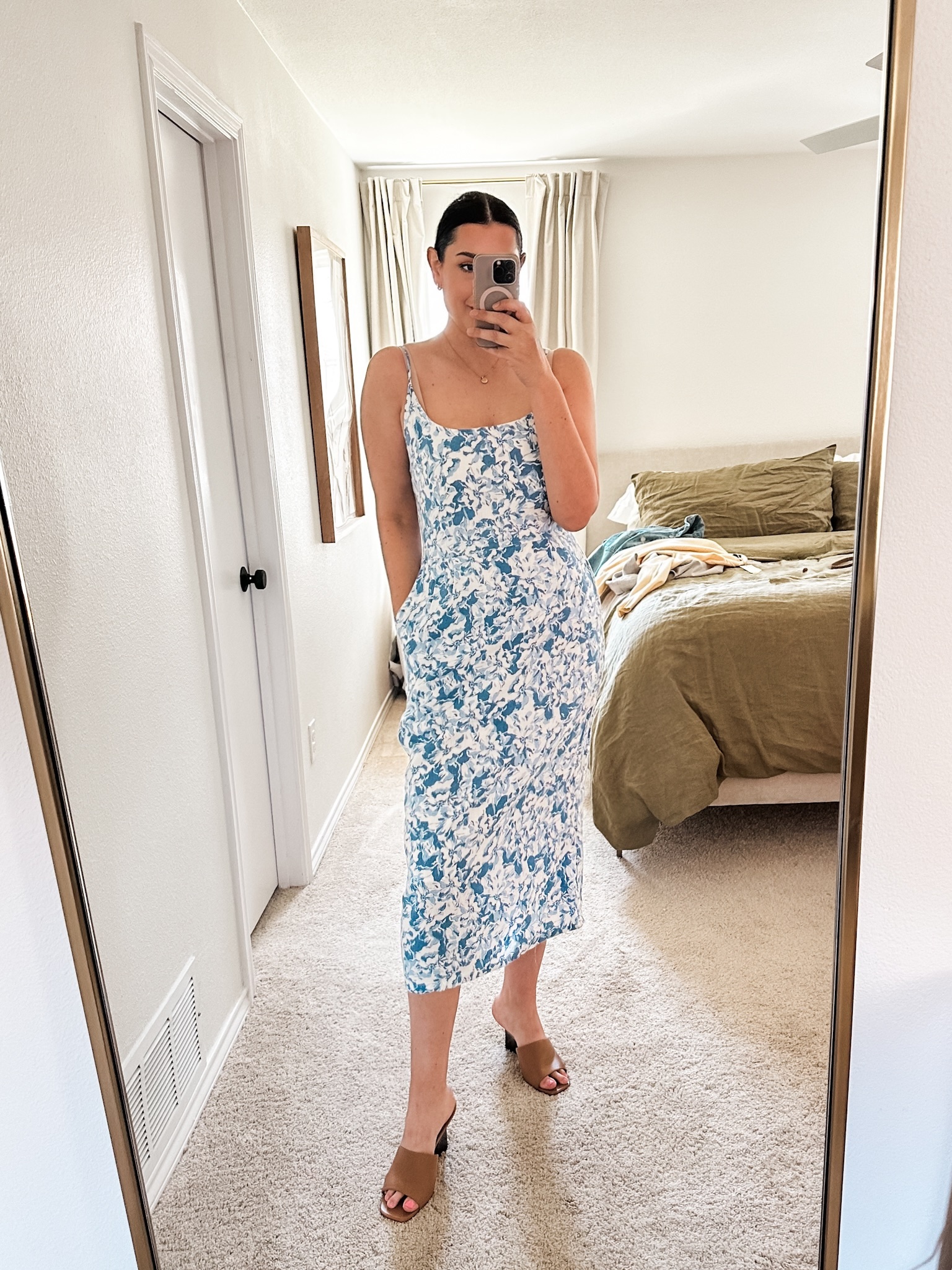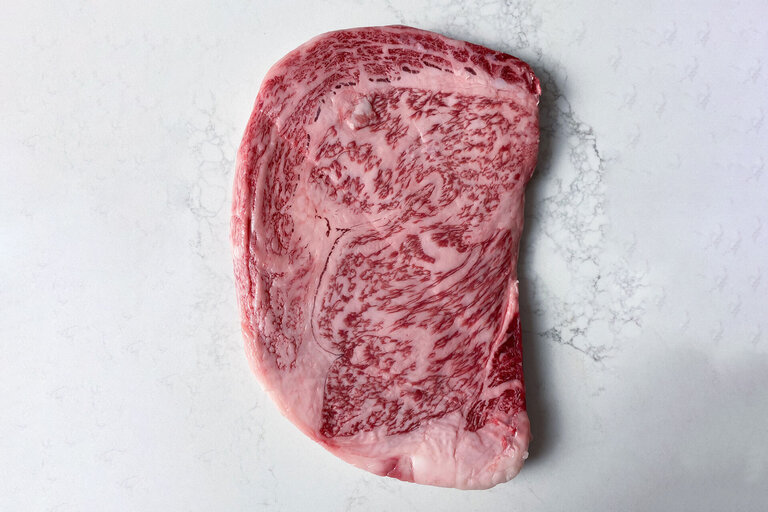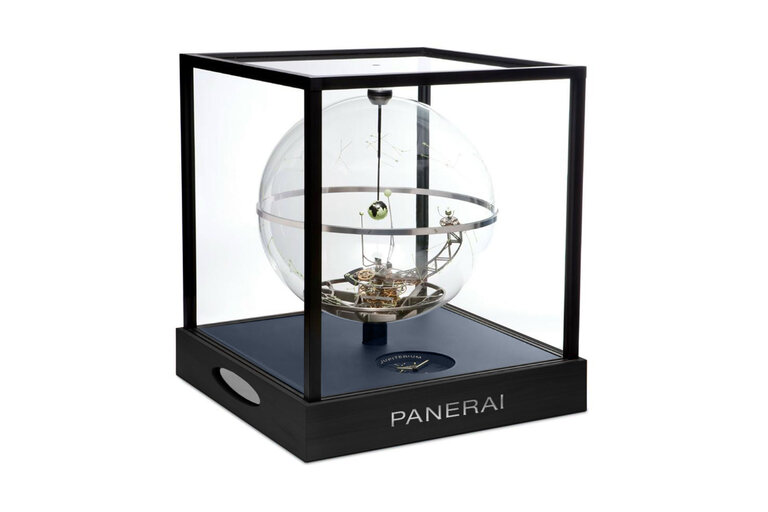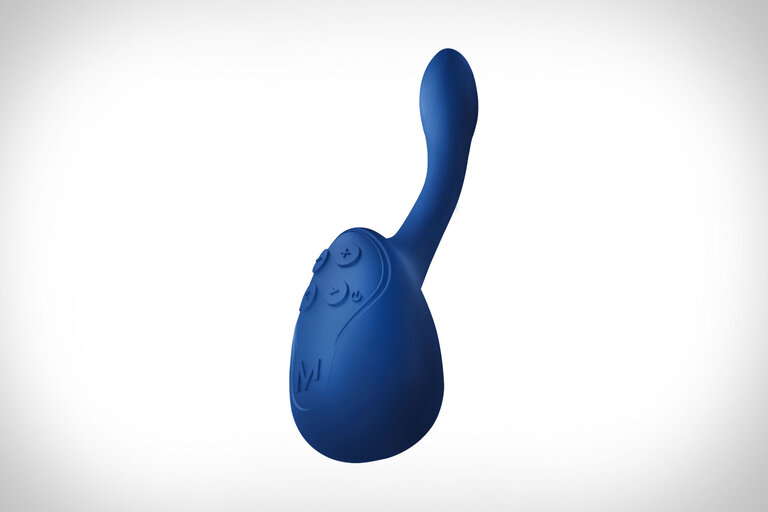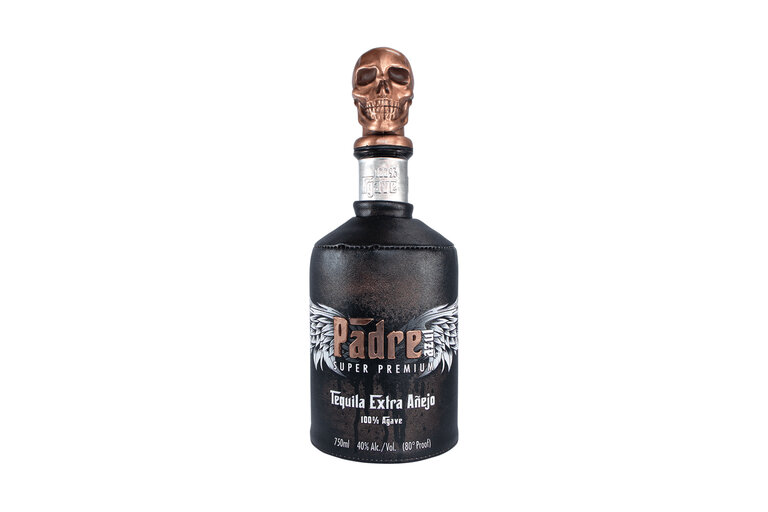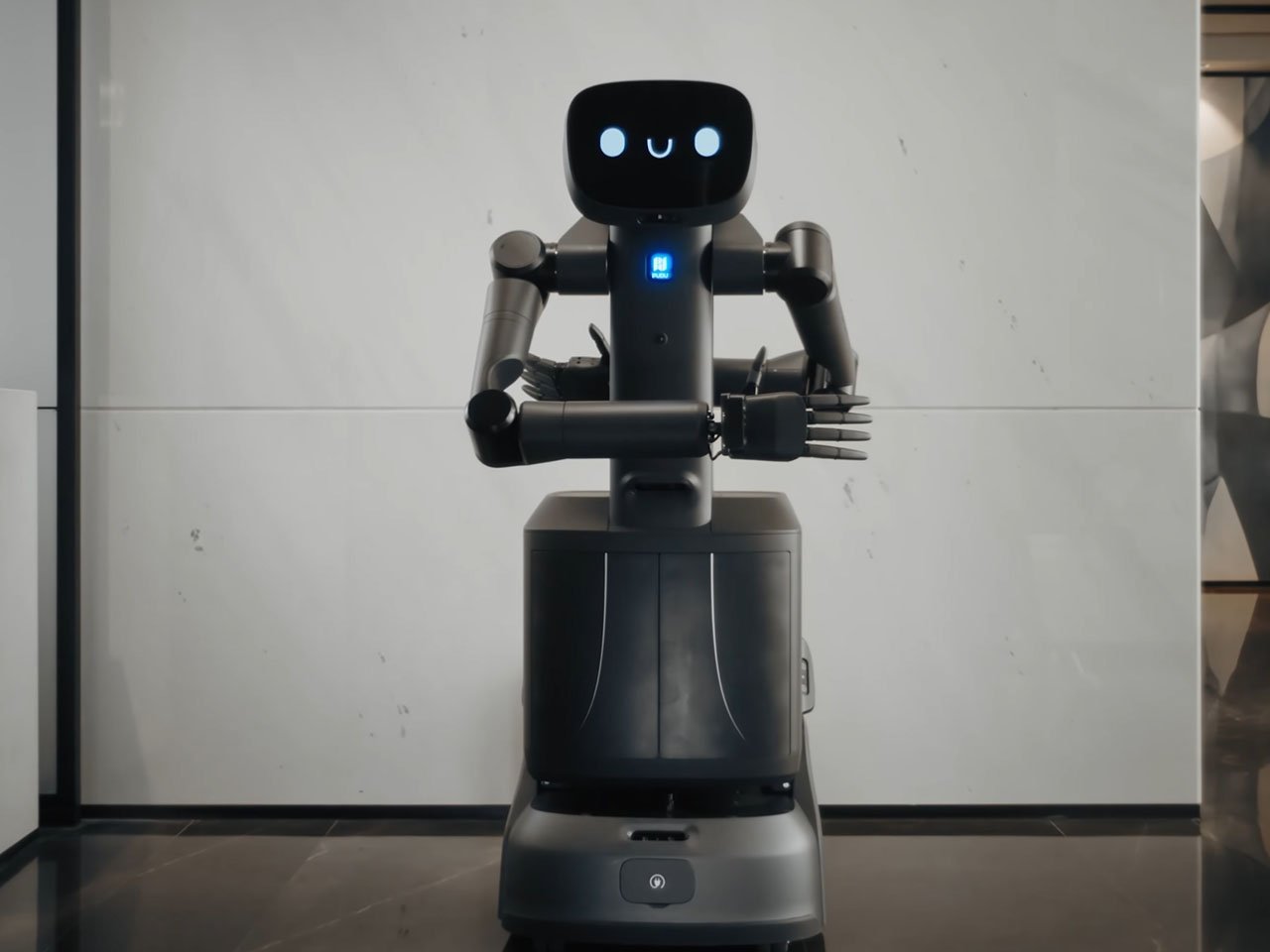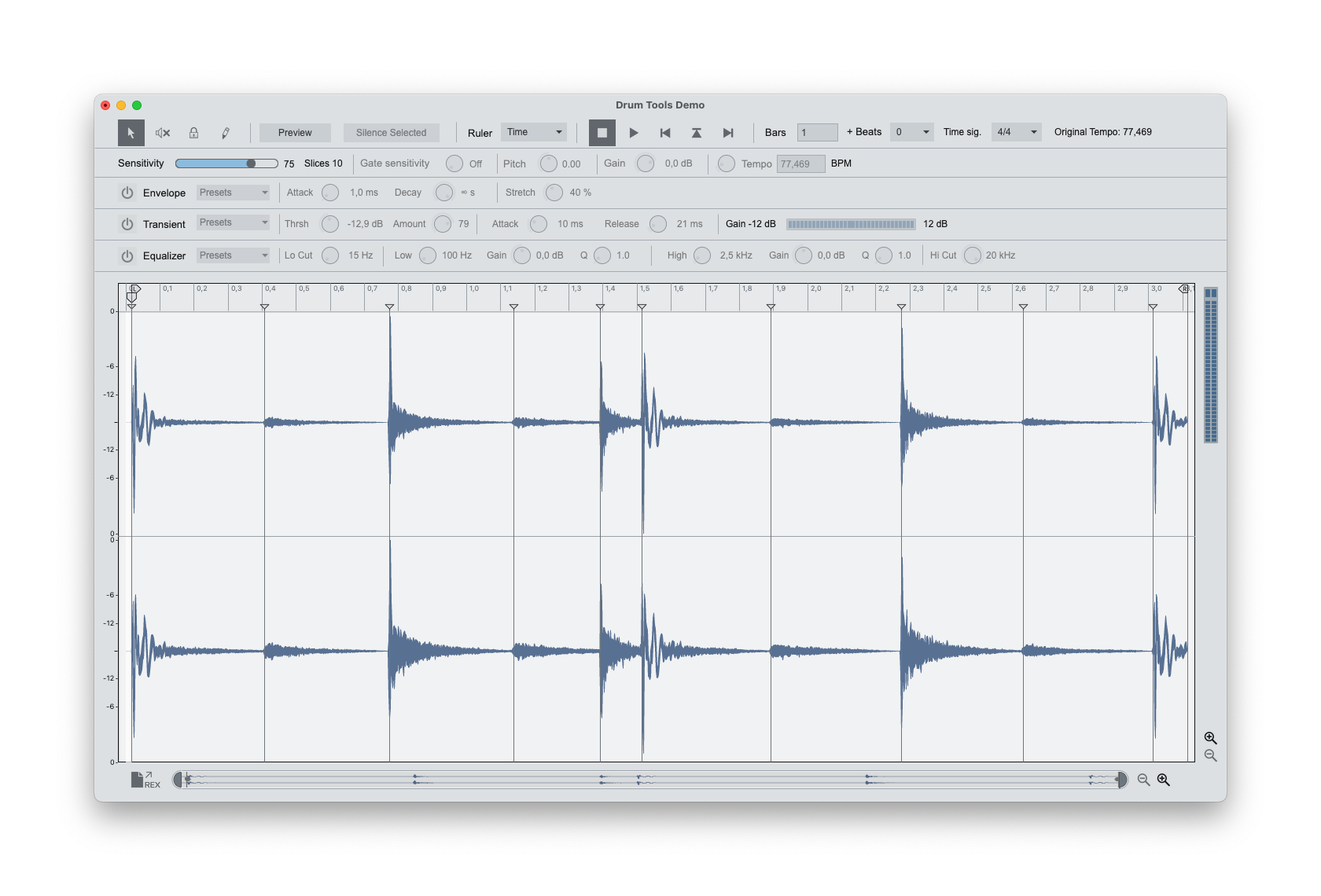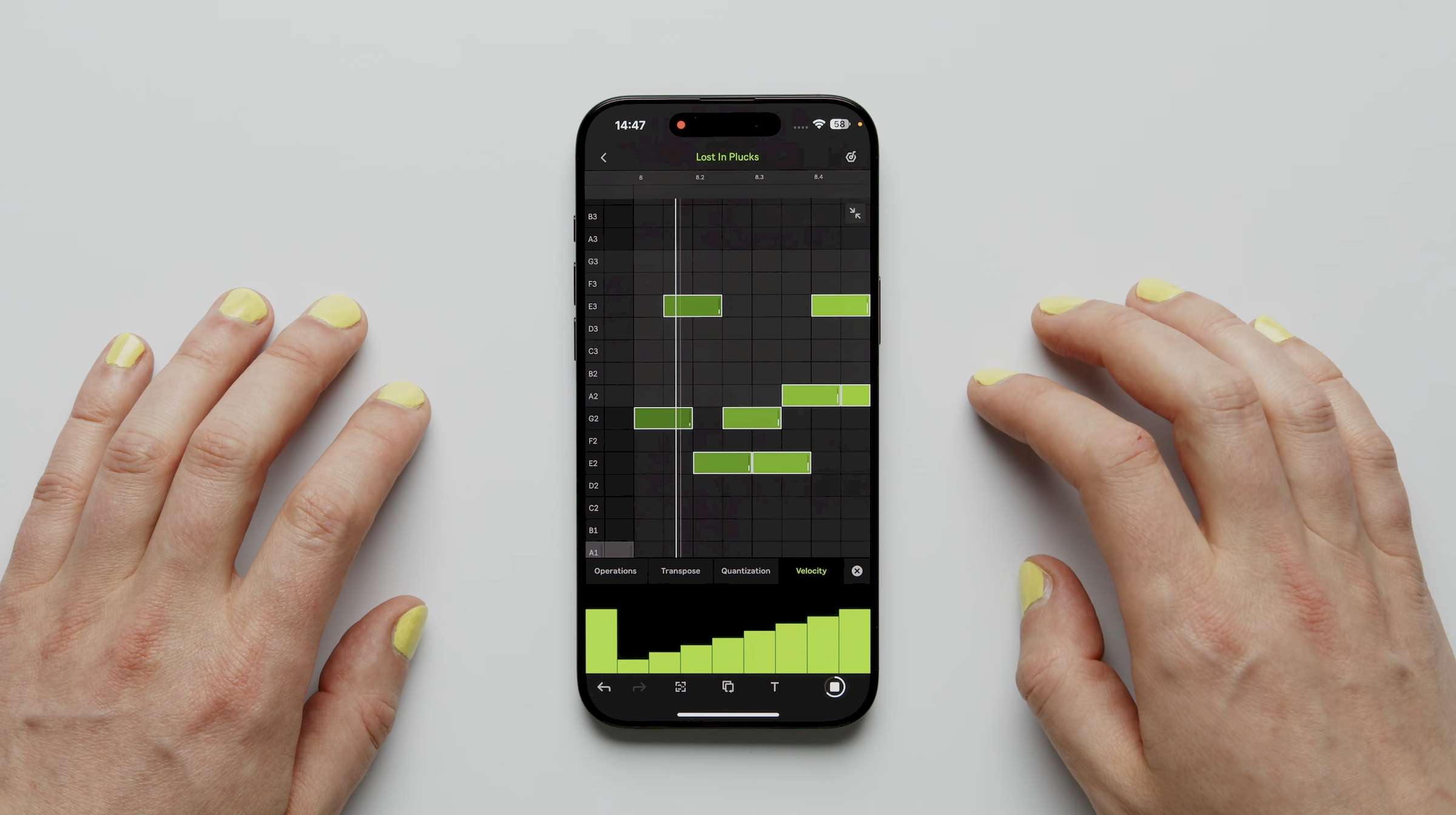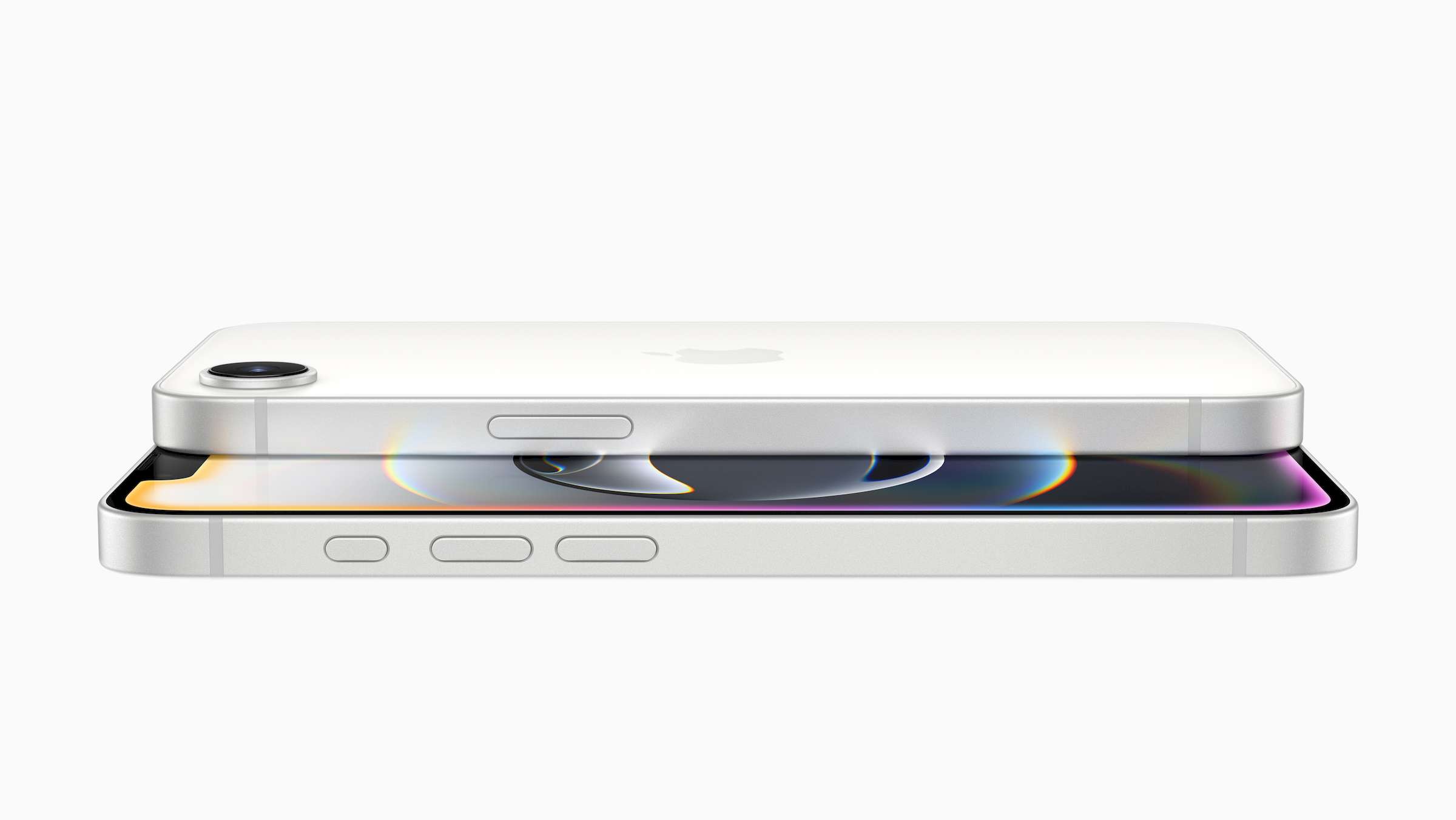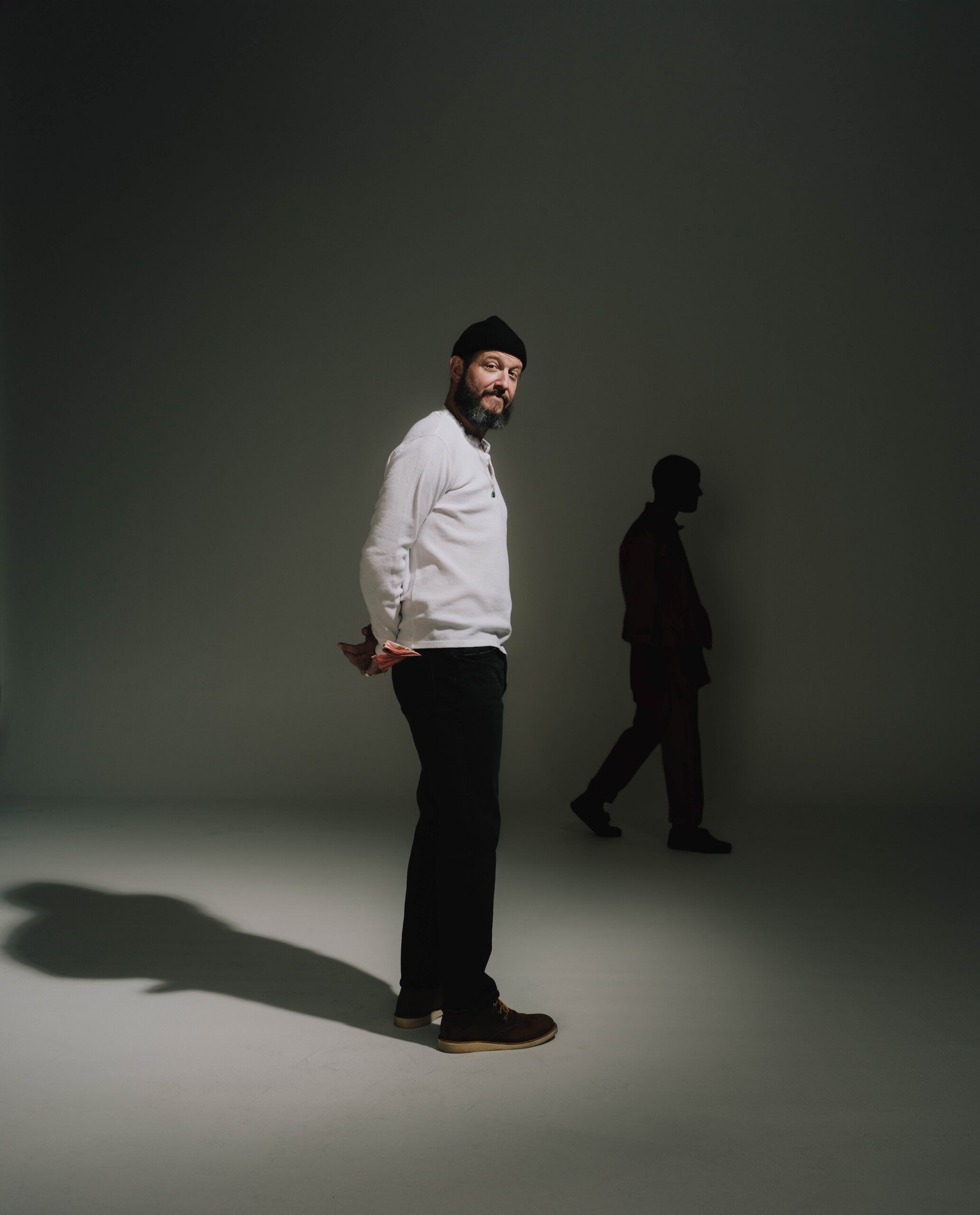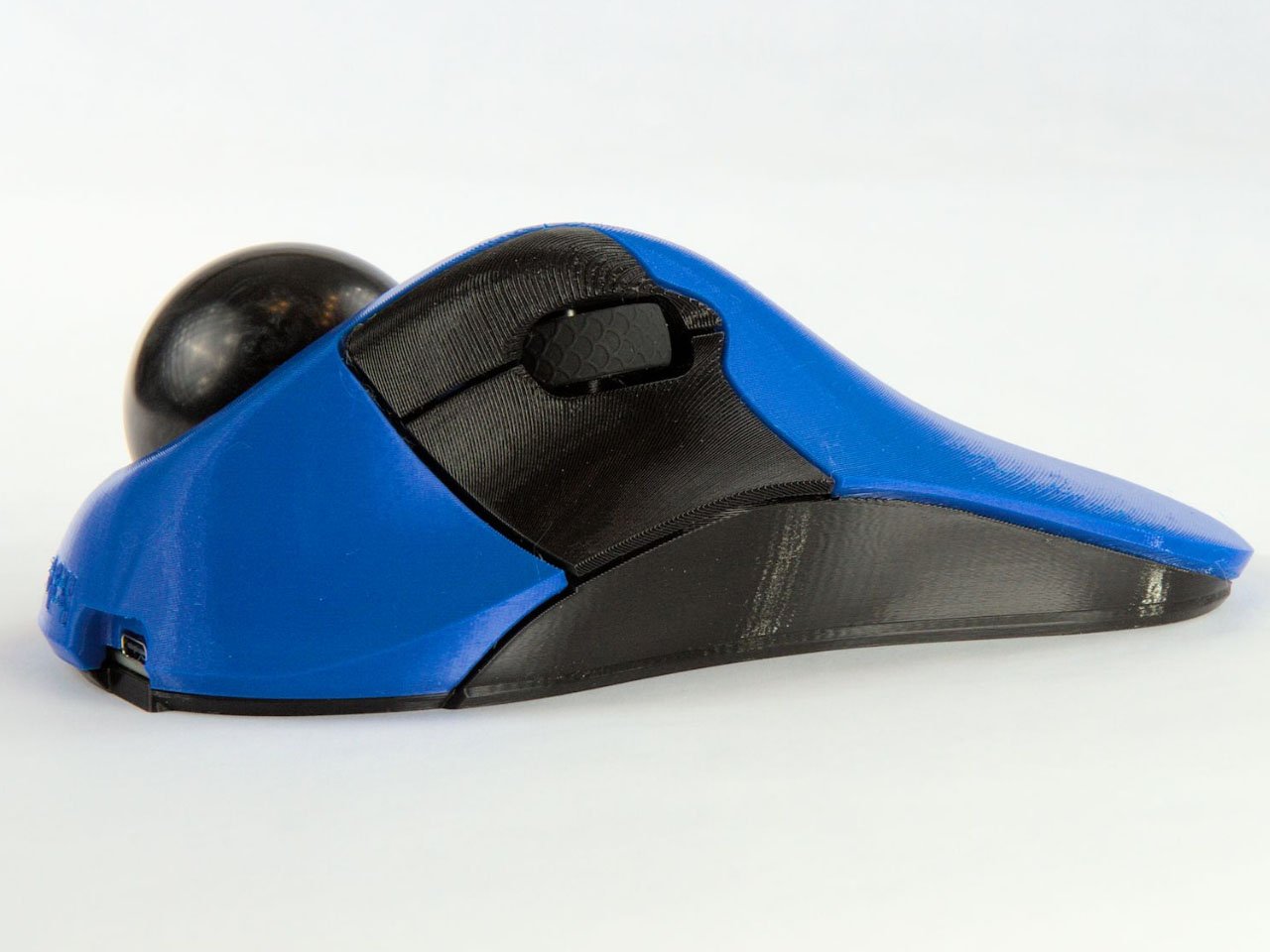Blueprint to Bezel: How Rolex’s Revolutionary Movement Shaped the Land-Dweller
Blueprint to Bezel: How Rolex’s Revolutionary Movement Shaped the Land-DwellerIn product design, the relationship between internal architecture and external form often determines the success of the entire object. The new Rolex Land-Dweller represents a...
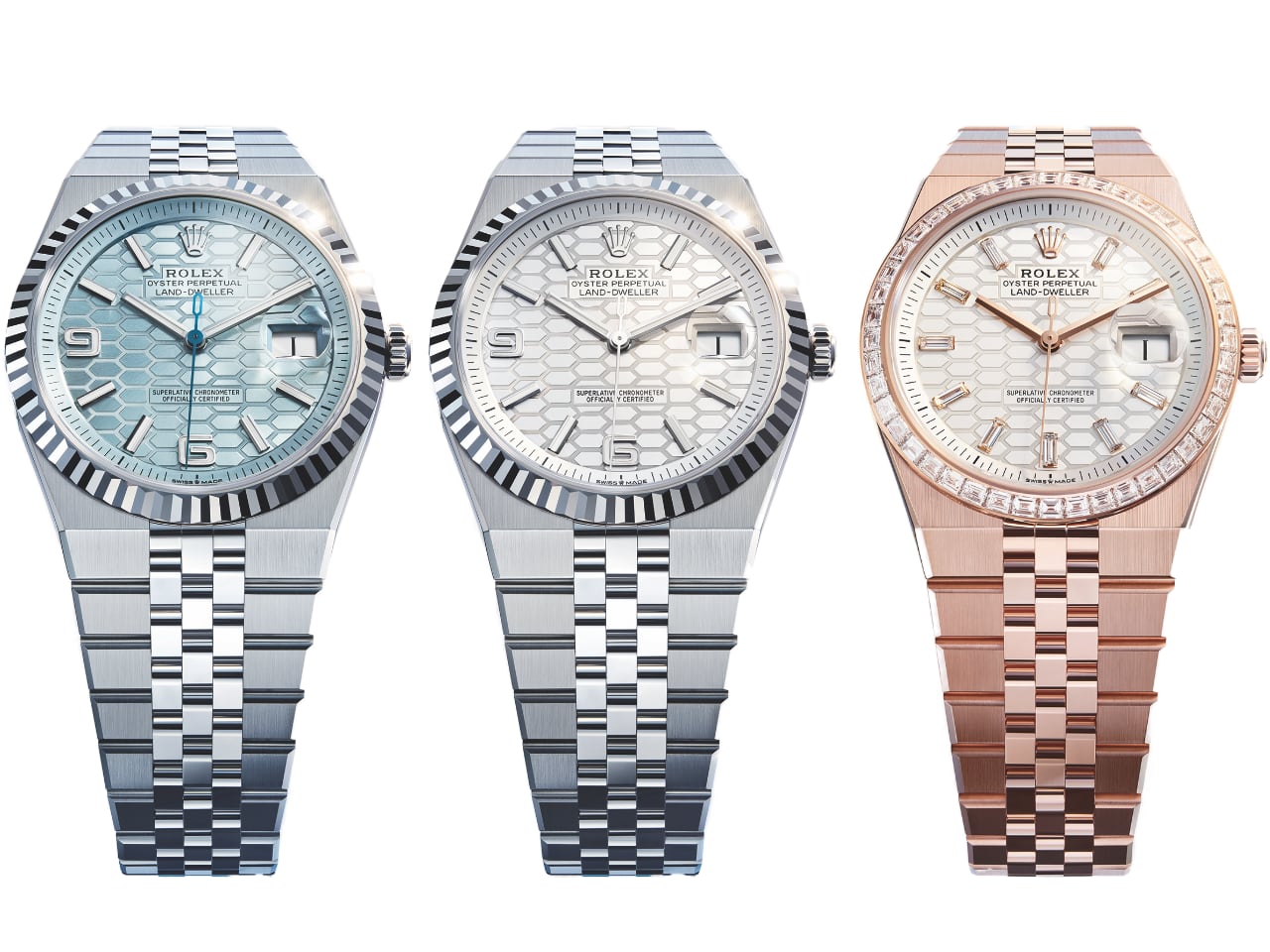

In product design, the relationship between internal architecture and external form often determines the success of the entire object. The new Rolex Land-Dweller represents a masterclass in this discipline—a timepiece where the revolutionary caliber 7135 movement serves as both functional core and conceptual blueprint for every design decision that follows.
Designer: Rolex
Engineering Constraints as Design Catalysts
Most watch designs begin with the case and dial, with movements selected or modified to fit within predetermined aesthetic parameters. The Land-Dweller inverts this relationship. Rolex’s development of the Dynapulse escapement – a silicon-based direct impulse system operating at 5 Hz – established technical requirements that shaped the watch’s entire physical presence.
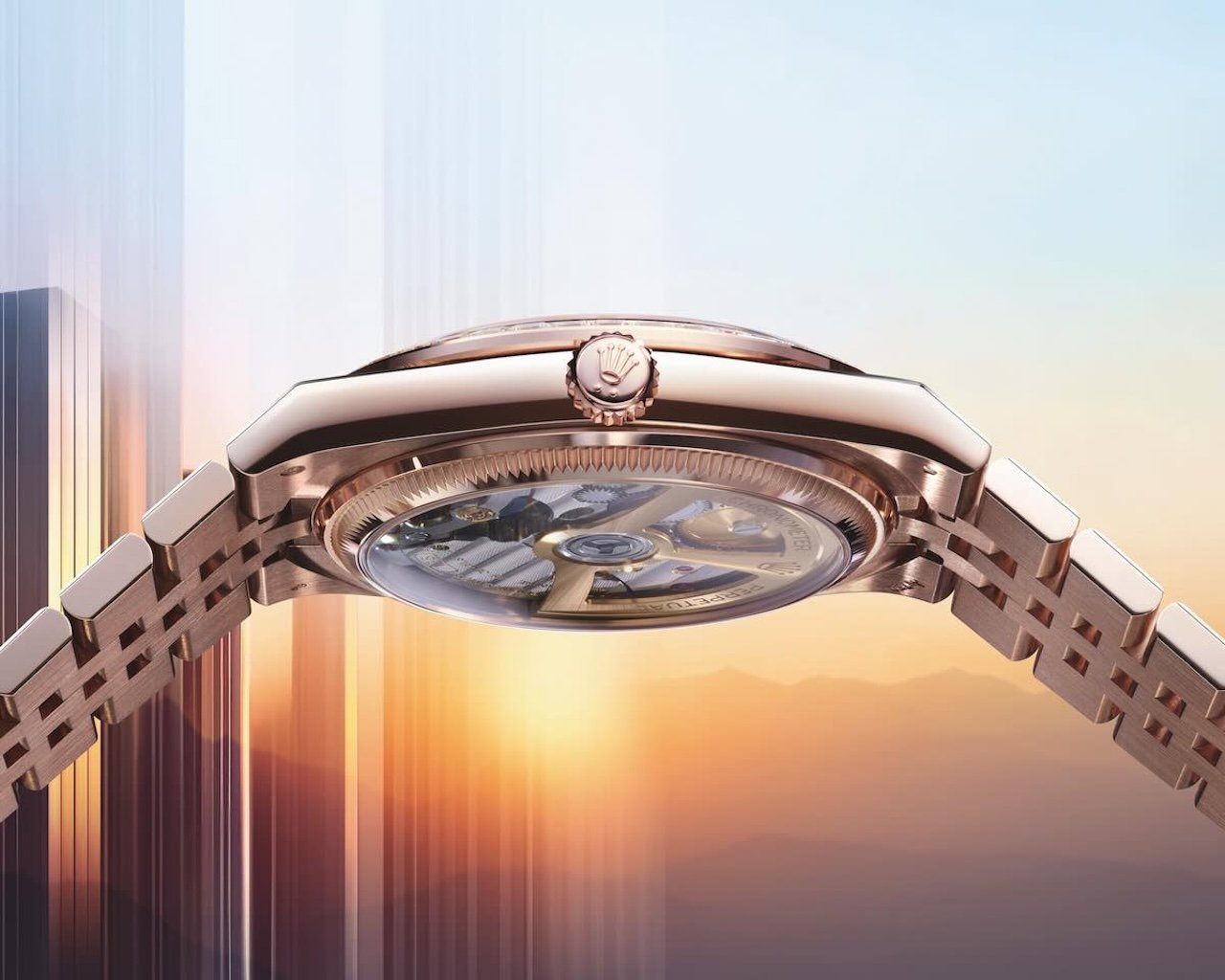
Oyster Perpetual Land-Dweller 36
The movement’s architecture demanded specific spatial considerations. Operating at 36,000 vibrations per hour while maintaining a 66-hour power reserve, the caliber 7135 generates different energy patterns than conventional movements. This high-frequency operation influenced the case proportions, requiring precise internal volumes to optimize acoustic properties and minimize resonance issues that could affect timekeeping accuracy.

The decision to showcase this technical achievement through a sapphire caseback – unprecedented for a steel Rolex – became the pivotal design choice. Once this transparency was established as a requirement, the entire case needed reconsideration. The result is a profile measuring either 36mm or 40mm in diameter with vertical case walls that maximize the viewing aperture while maintaining structural integrity.
Material Selection Driven by Technical Requirements
The movement’s components illustrate how material science dictated design possibilities. The silicon escapement components – transmission wheel, distribution wheels, and impulse rocker – possess inherent material properties that eliminate the need for lubrication. This self-lubricating quality influenced the movement’s layout, as components could be positioned based on optimal energy transfer rather than accessibility for servicing.

The balance staff, crafted from proprietary high-technology ceramic, required development of specialized femtosecond laser manufacturing processes. This material choice wasn’t merely technical – its visual properties influenced the movement’s color palette and finishing techniques. The ceramic’s dark tone creates visual contrast against the optimized brass balance wheel, establishing focal points within the movement’s visual hierarchy.

These material innovations extended to the case design. The modified waterproofness system around the crystal accommodates the technical satin finish on the upper portion of the middle case – an engineering adaptation that became a defining aesthetic element. The case architecture features chamfered edges that receive high polish, creating light-catching facets that emphasize the geometric precision found in the movement components.
Proportional Harmony Through Technological Requirements
The caliber 7135’s 32 patent applications (18 exclusive to this model) reflect its technical complexity, but this engineering density required careful consideration of proportions. The movement’s thickness – slimmer than typical Rolex calibers despite its advanced functionality – enabled the case to maintain a relatively thin profile. This dimensional constraint influenced the bezel design, which features wider, more pronounced fluting compared to other Rolex models.

The oscillator system exemplifies this proportional thinking. The Syloxi hairspring’s redesigned, thicker coils provide the necessary rigidity for the high-frequency operation. This technical requirement created a visual density at the movement’s heart that needed balancing through other components. The cut-out oscillating weight in yellow gold serves this purpose. Its open architecture creates visual breathing room, while its warm tone contrasts with the predominantly silver-toned components.

Translating Technical Innovation to Surface Design
The honeycomb dial pattern represents a direct visual translation of the movement’s technical innovations. Created using the same femtosecond laser technology employed in manufacturing movement components, this pattern establishes continuity between internal engineering and external aesthetics. The hexagonal cells create a geometric language that references silicon’s crystalline structure – the very material enabling the Dynapulse escapement’s functionality.

This pattern receives different treatments across the collection: crisp definition on the satin-finished white dials, more fluid appearance on the sunray-finished ice blue platinum version. These variations demonstrate how a single design motif can adapt to different contexts while maintaining conceptual integrity.
The open-centered 6 and 9 numerals further this technical-aesthetic dialogue. Created using solid Chromalight blocks – a ceramic-resin composite – these numerals employ the same material science principles found in the movement components. Their negative space design creates visual porosity that references the movement’s efficient energy transfer system, where every component serves a specific purpose without excess material.
Bracelet Design as Engineering Extension
The Flat Jubilee bracelet represents the final expression of the movement-first design approach. Its five-link structure maintains the classic Jubilee architecture but reimagines it with entirely flat surfaces that echo the movement bridges’ geometric precision. The center links sit slightly proud of the outer links, creating dimensional variation that references the caliber’s layered construction.
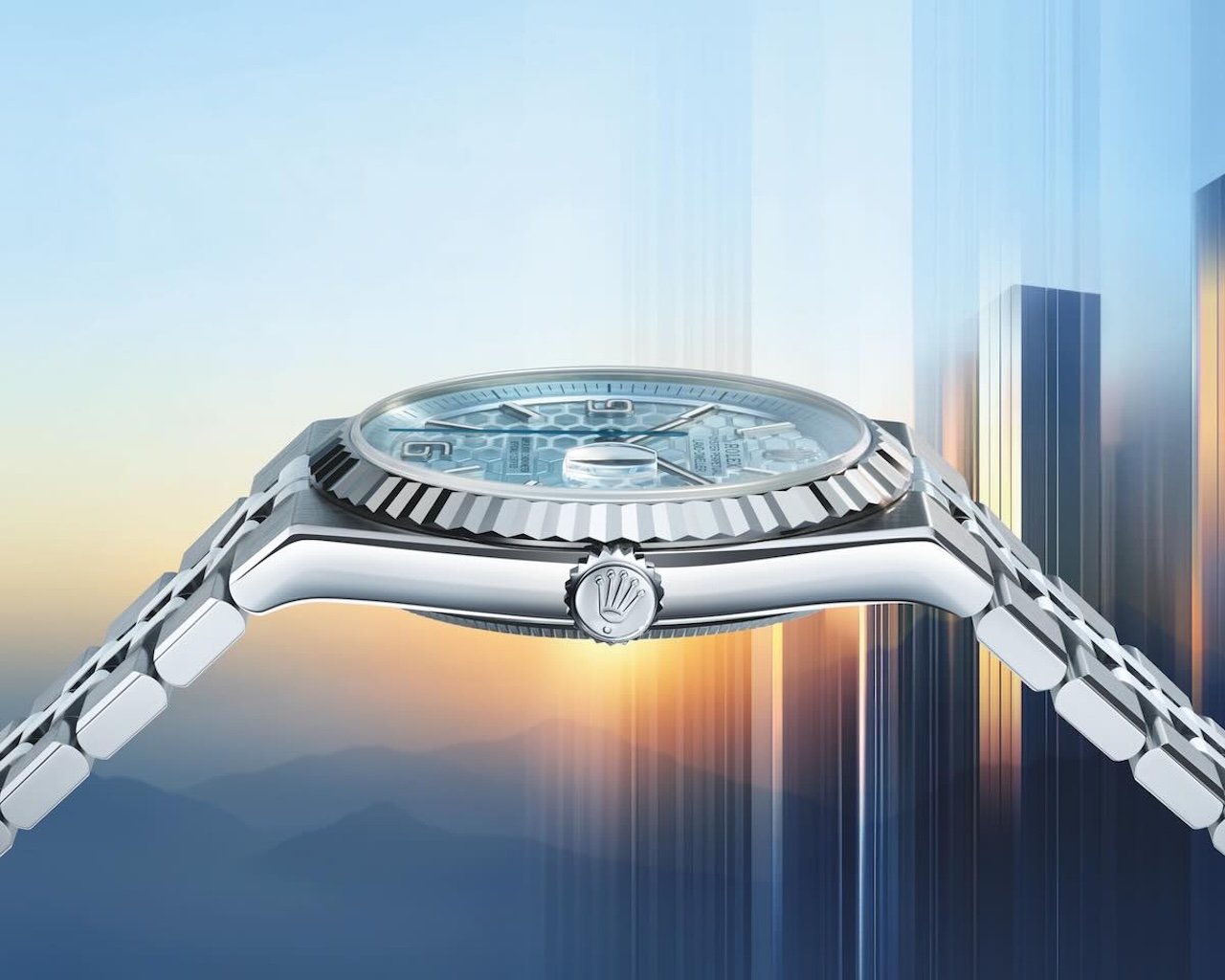
Oyster Perpetual Land-Dweller 40
The bracelet’s integration with the case achieves remarkable continuity through engineering innovation. Rolex developed a specialized attachment system that ensures structural integrity while maintaining visual flow. The ceramic inserts protecting the spring bars represent the same material science principles applied throughout the watch – using advanced materials to solve specific technical problems while enhancing aesthetic coherence.

The concealed Crownclasp completes this integration, maintaining the bracelet’s clean lines while providing secure closure. This mechanism embodies the same design philosophy found in the movement: complex engineering hidden beneath a refined exterior, with only essential elements visible.

Color Strategy Informed by Technical Requirements
The Land-Dweller’s restrained color palette reflects the movement’s technical precision. The white Rolesor model pairs an intense white dial with silver-toned case elements and subtle white gold accents in the bezel. This monochromatic approach emphasizes form and texture over color variation, allowing the honeycomb pattern’s geometric precision to dominate the visual experience.

The platinum model’s ice blue dial – a color Rolex reserves exclusively for this precious metal – creates a technical signature that identifies the material without requiring additional markers or text. This color strategy demonstrates how technical requirements (material identification) can generate distinctive aesthetic elements.
Even the diamond-set versions maintain this technical-aesthetic alignment. The stones are arranged in orderly patterns that reinforce rather than distract from the watch’s fundamental design language, with baguette-cut diamonds echoing the rectilinear geometry found throughout the design.
Unified Design Language Through Technical Necessity
What distinguishes the Land-Dweller’s design approach is how technical requirements generated a unified visual language across all elements. The movement’s high-frequency operation necessitated the half-second graduated track on the angled flange. The silicon components’ self-lubricating properties influenced the case’s smooth transitions between surfaces. The ceramic balance staff’s manufacturing process informed the dial pattern’s creation.

This approach represents industrial design at its most sophisticated, where engineering constraints become creative opportunities rather than limitations. Each technical requirement generated formal solutions that collectively created a cohesive aesthetic identity.
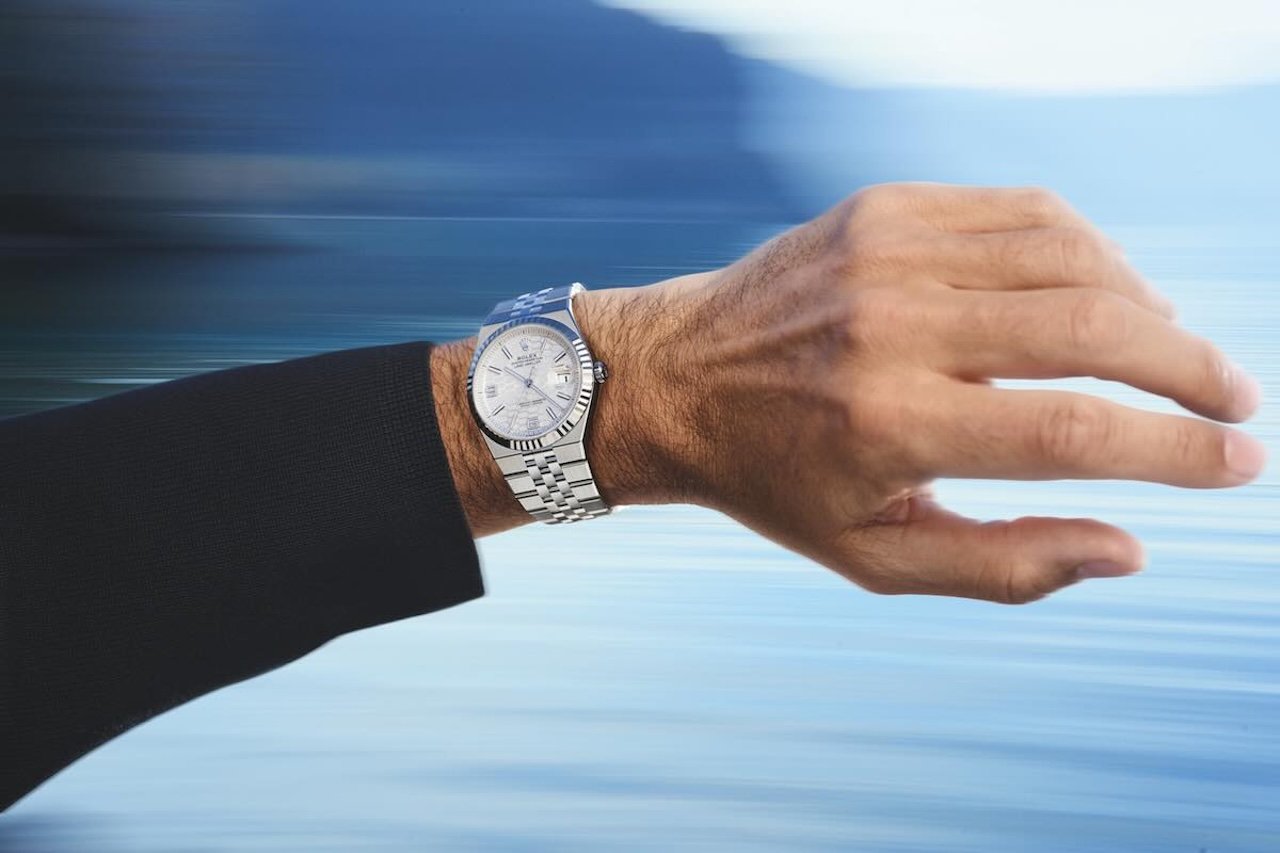
Roger Federer wears a Land-Dweller 40 in a white Rolesor version.
The Land-Dweller demonstrates how a movement-first design approach can yield distinctive results even within a brand with established visual codes. By allowing technical innovation to drive aesthetic decisions, Rolex has created a timepiece where form and function achieve perfect synthesis – the ultimate goal of industrial design.
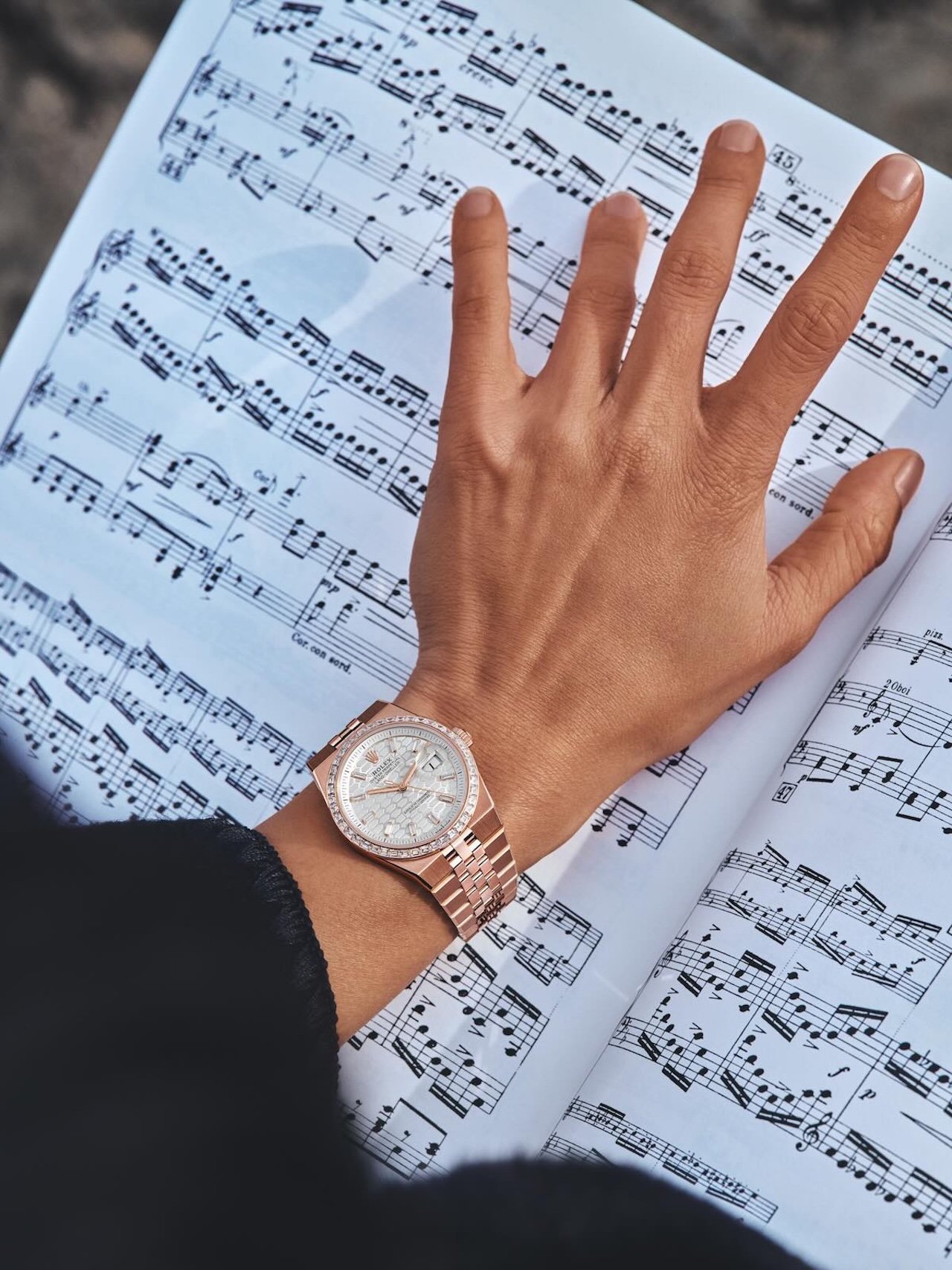
Yuja Wang wears a Land-Dweller 36 in 18 ct Everose gold with a diamond-set bezel.
The watch’s geometric precision reflects the precision of the movement within, while its integrated design elements mirror the integrated nature of the caliber’s components. This coherence between technical requirements and formal expression represents design thinking at its most refined, where every element serves both functional and aesthetic purposes simultaneously, with nothing superfluous and nothing lacking.
The post Blueprint to Bezel: How Rolex’s Revolutionary Movement Shaped the Land-Dweller first appeared on Yanko Design.






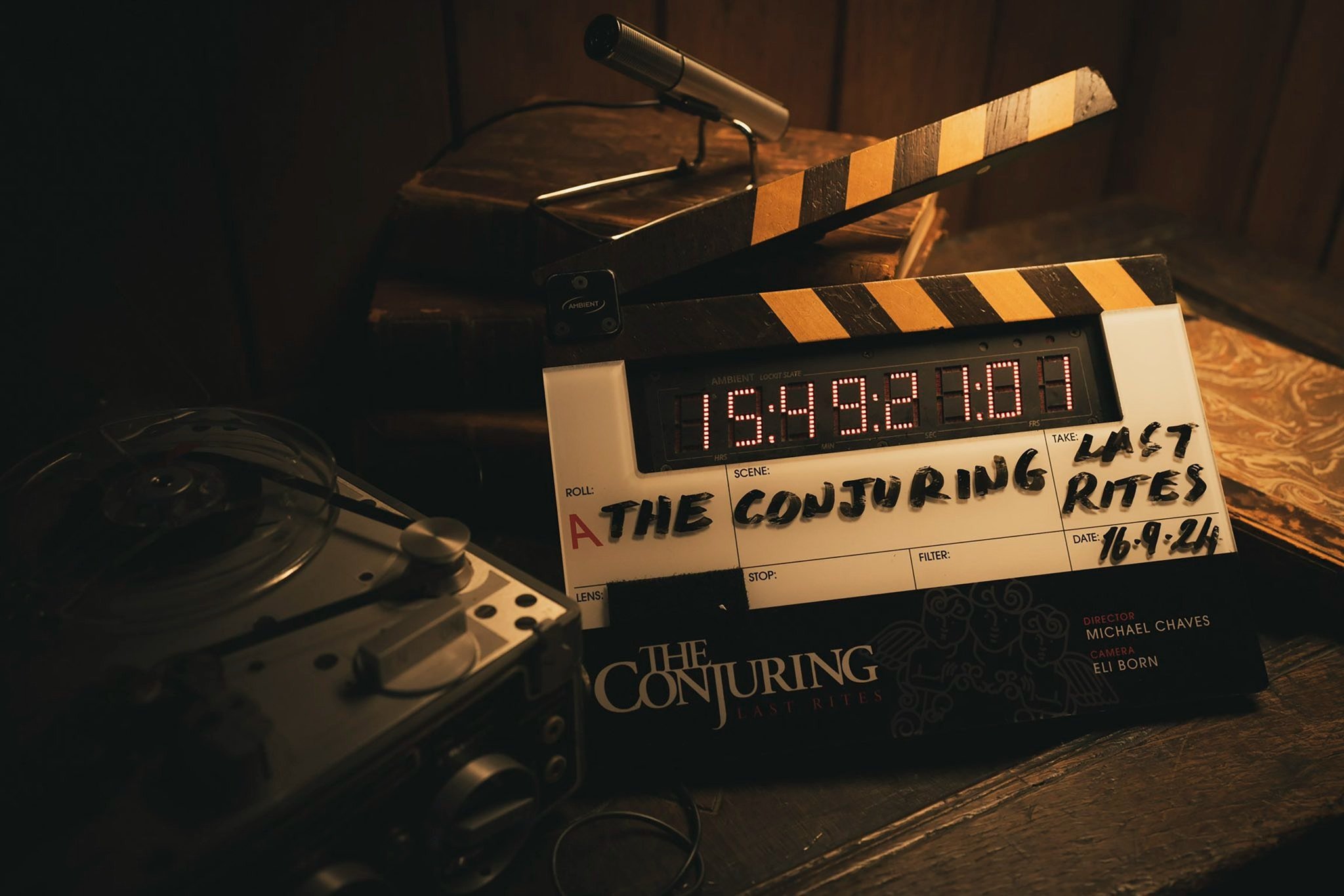
























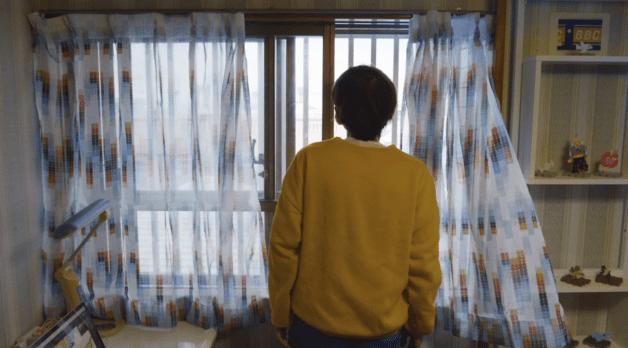



















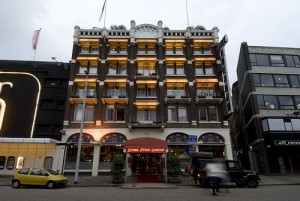
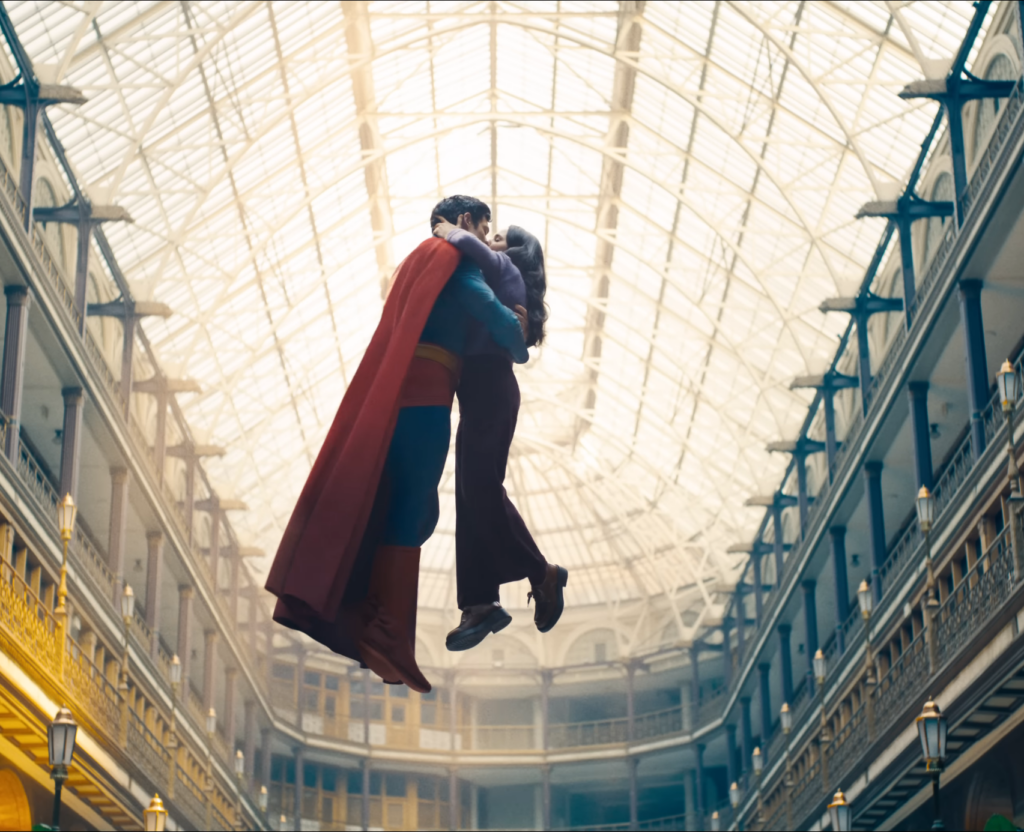












































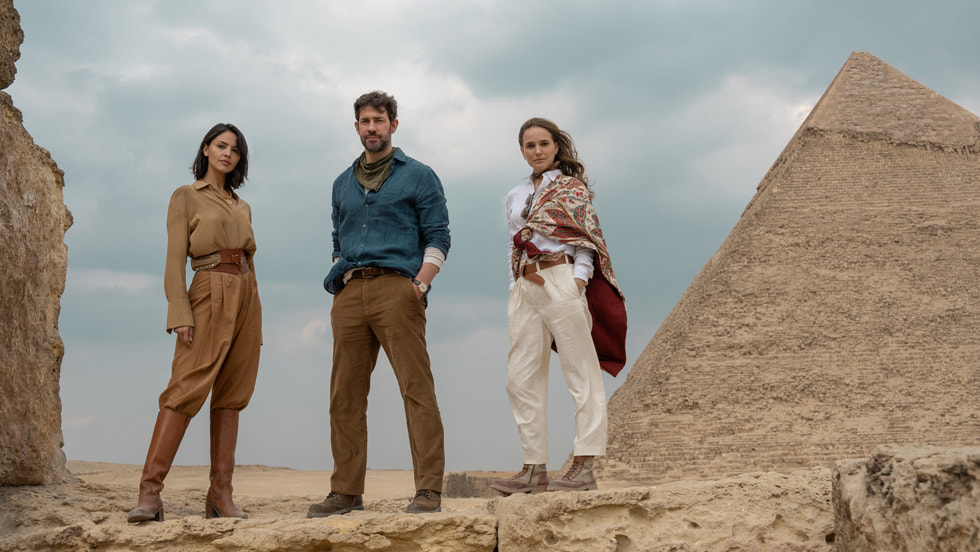
































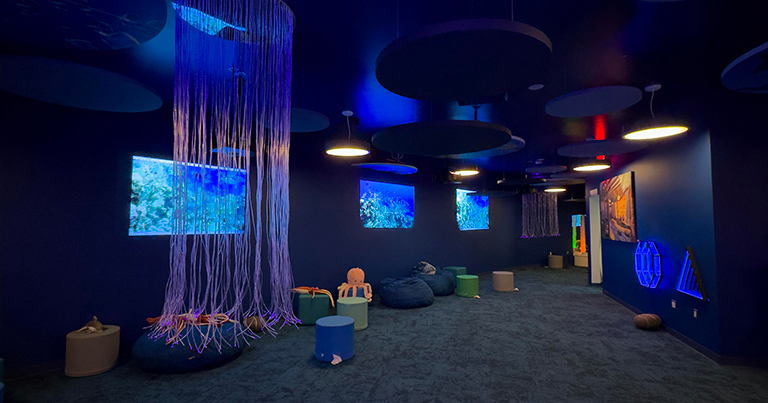



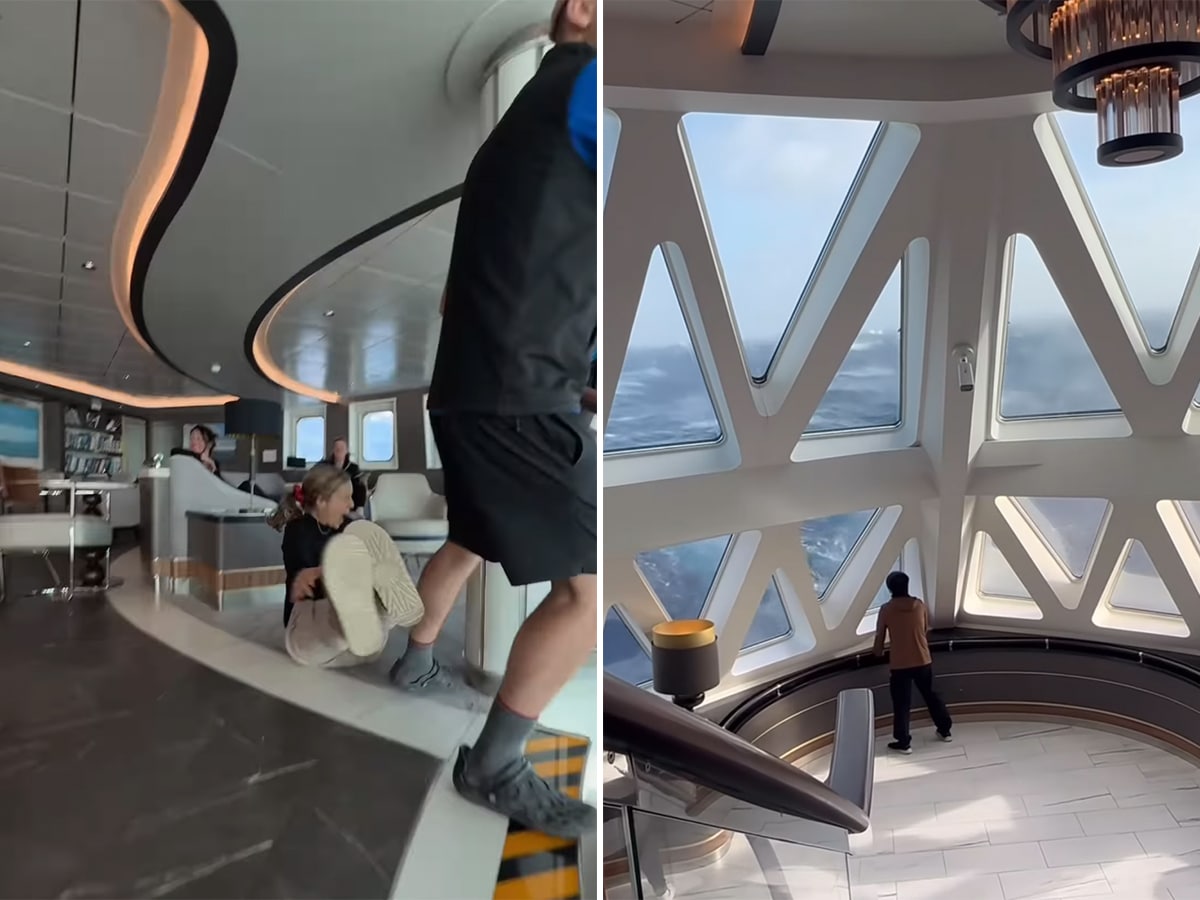









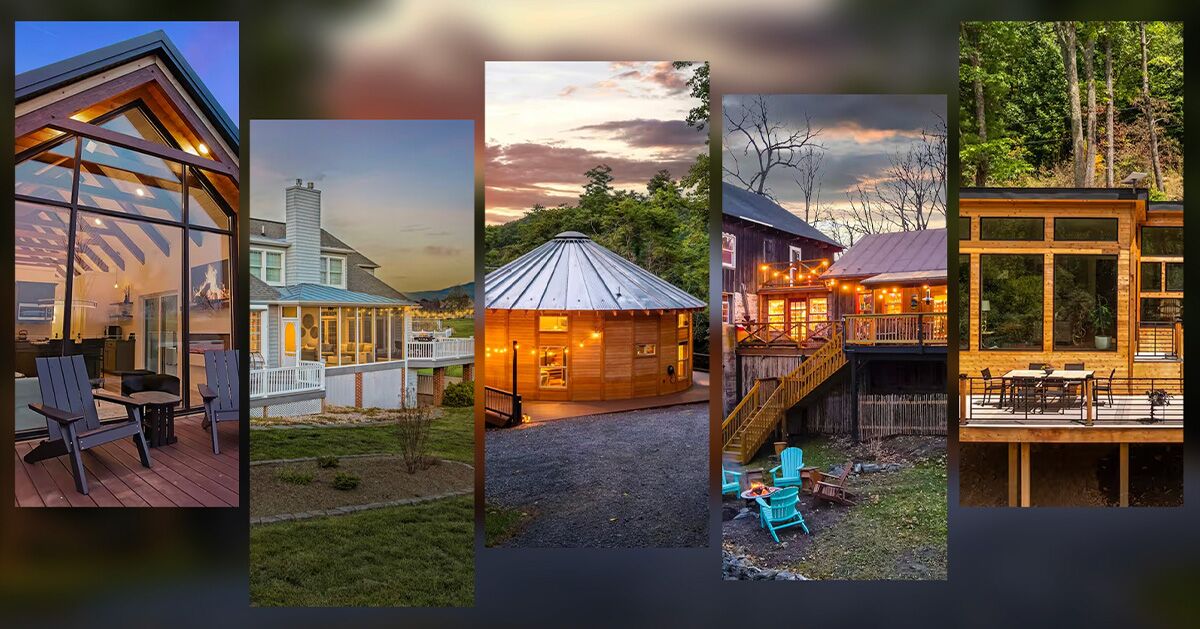





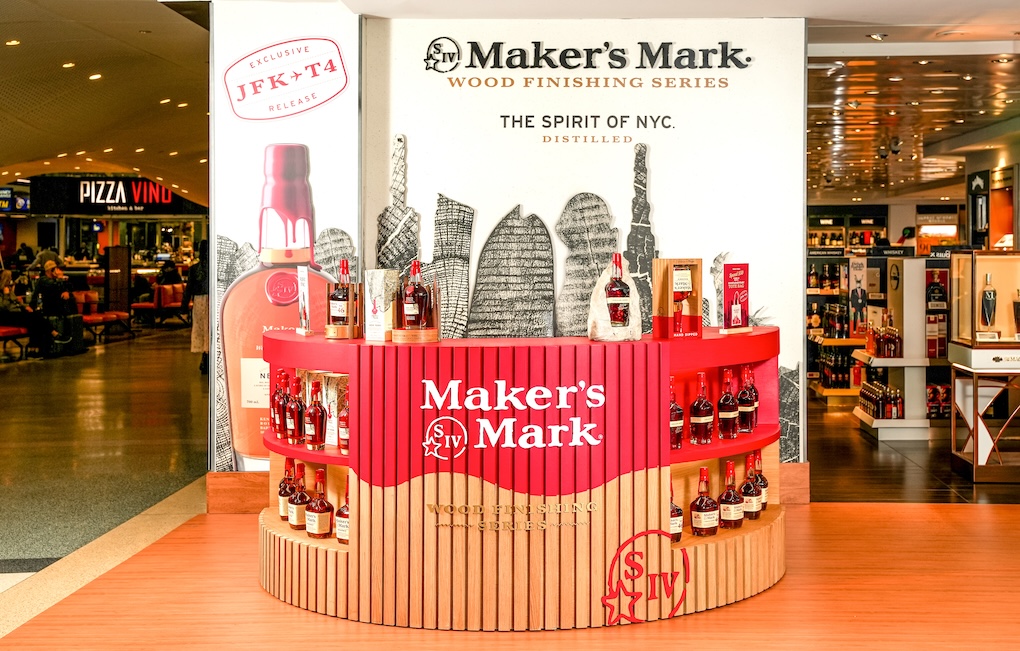





















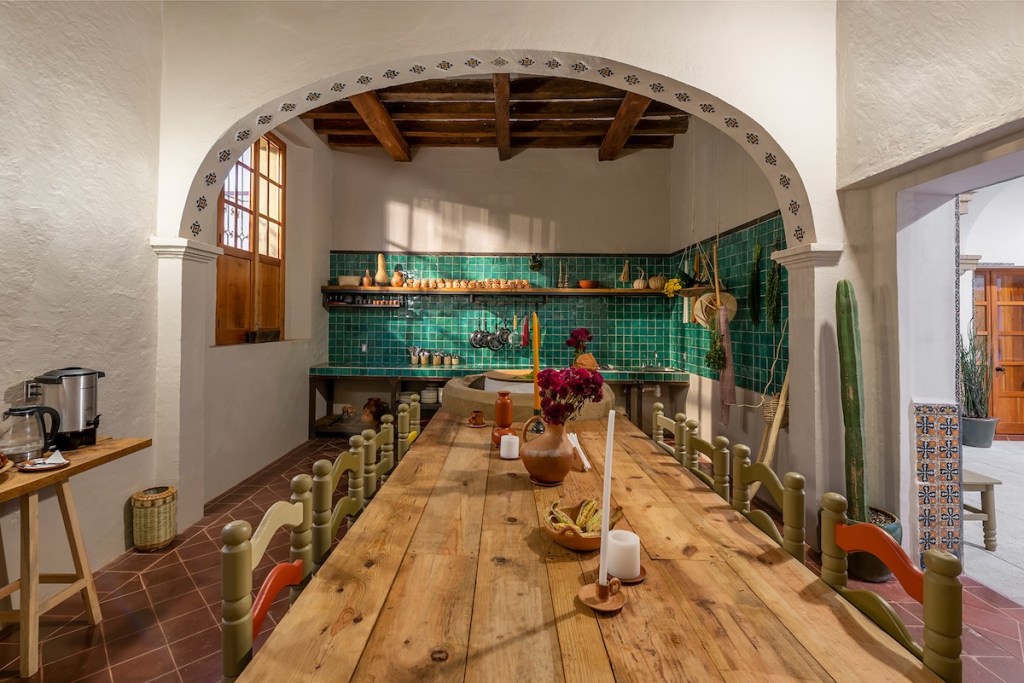






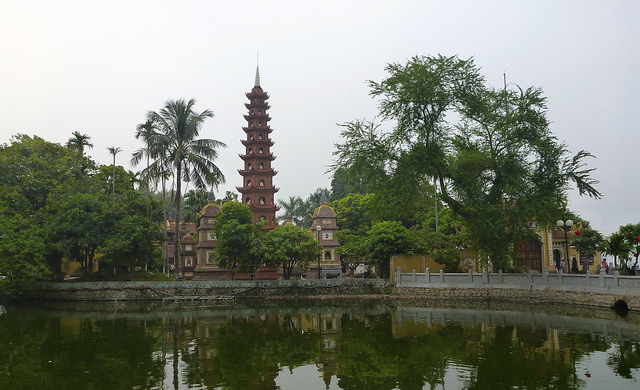































































































.jpg?width=1920&height=1920&fit=bounds&quality=80&format=jpg&auto=webp#)










